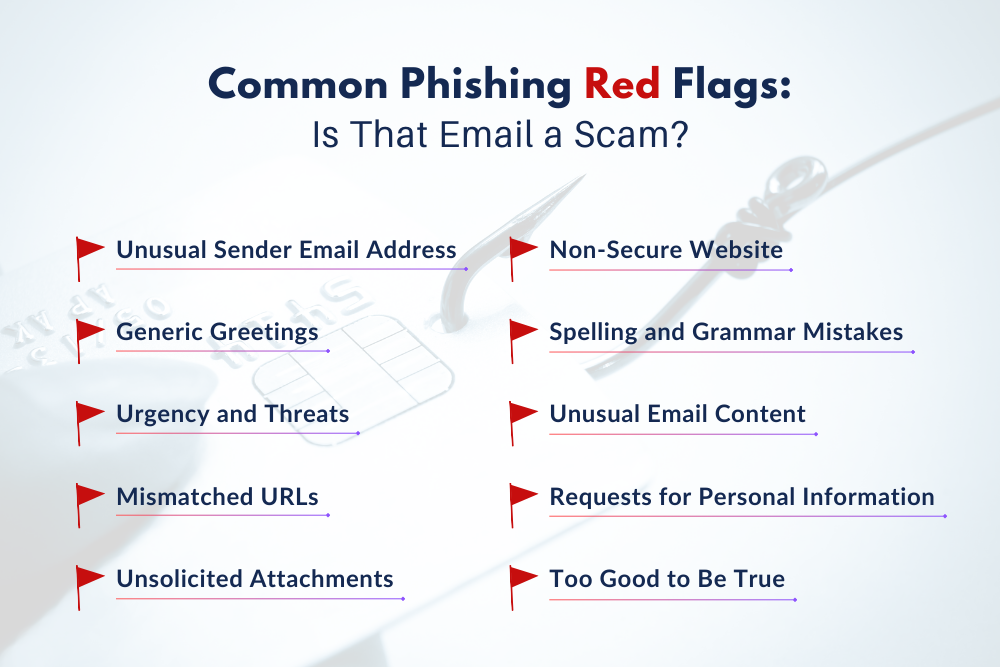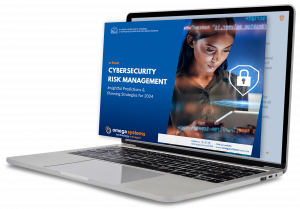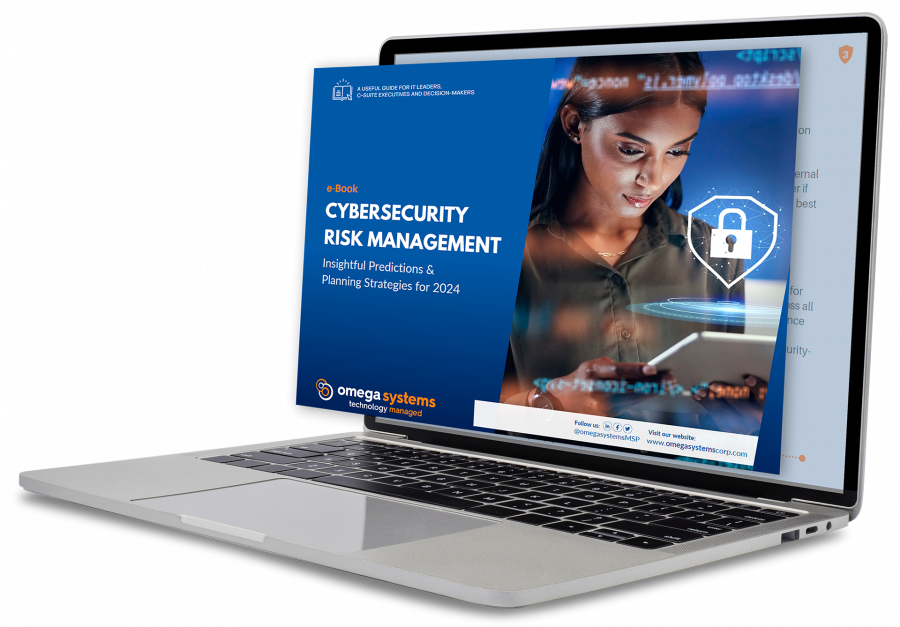
Now, more than ever, a grim threat looms over organizations globally. This threat doesn’t announce itself with blaring alarms but stealthily infiltrates through a mere click: PHISHING – a form of cyberattack that tricks people into sharing sensitive information or taking destructive actions through seemingly harmless emails and messages.
Cybercriminals have long capitalized on human vulnerability to sidestep traditional security measures. Today, however, with the wealth of personal information that can be exposed on social media, the emergence of AI technologies and large language models (LLMs) like ChatGPT, and the broadened attack surface due to the rise of remote work, they’ve taken phishing to the next level.
In this article, we’ll explore the devastating impact phishing can have on businesses and emphasize the importance of implementing robust security measures to safeguard against such attacks.
Understanding the Impacts of Phishing
A successful phishing attack can shake the very pillars of an organization. The impact of phishing extends far beyond mere inconvenience; it jeopardizes financial stability, damages hard-earned reputations, complicates regulatory compliance, and more.
The Financial Impact of Phishing
Phishing poses various direct and indirect financial threats to businesses. With “CEO fraud” phishing, for instance, an attacker impersonates a high-ranking executive to request urgent wire transfers or sensitive financial information from employees. If successful, this type of phishing attack can lead to unauthorized access to bank accounts or financial systems, resulting in direct (and often substantial) theft of funds.
Indirect financial fallouts, on the other hand, stem from fraudulent transactions arising from business email compromise (BEC), ransomware payments, legal expenses for investigations and fines, and operational disruptions causing downtime. The combined direct and indirect impacts can result in significant financial implications for affected businesses. In fact, according to a recent IBM report, the average cost of a data breach with phishing as the initial attack vector is $4.9 million!
Operational Disruption
Phishing attacks can disrupt business operations, causing losses in productivity, unexpected downtime, and frustration for employees. Cybercriminals often employ ransomware, where they use malicious software (malware) to encrypt crucial files, systems, or infrastructure and demand significant sums of money for their release. To regain control, businesses may feel compelled to pay ransoms, incurring financial losses and potentially fostering a cycle of extortion. If organizations refuse to pay the ransom, they may experience prolonged service interruptions or data loss, impacting customer trust and potentially forcing them out of business.
Regulatory Compliance Implications
If victim to a phishing attack, businesses risk compromising the privacy and security of their customers and stakeholders. Breached data can include personally identifiable information (PII), financial records, or intellectual property. Such security breaches not only violate privacy regulations and damage customer trust in the company’s ability to protect their information but can also result in legal consequences and financial liabilities. Businesses found non-compliant due to a phishing attack risk severe penalties and legal consequences, potentially leading to lengthy battles to regain regulatory compliance.
Reputational Damage
Customers, partners, and stakeholders rely on businesses to handle their data responsibly and securely. Falling victim to a phishing attack can erode trust by portraying the organization as incompetent or indifferent towards protecting sensitive information. The negative publicity and fallout from a successful phishing attack can drive customers away and deter potential clients from engaging with the company. Rebuilding a damaged reputation can be a long and challenging process, and sometimes, even improbable.
How to Prevent Phishing Scams
Phishing attempts often involve deceptive tactics to trick individuals into revealing sensitive information, such as usernames, passwords, or financial details. Recognizing phishing red flags is crucial to avoid falling prey to these scams.

Scrutinizing unexpected or unusual communications can go a long way in helping individuals evade phishing attacks. However, safeguarding an organization’s assets and preserving customers’ and stakeholders’ trust demands a comprehensive cybersecurity risk management strategy.
Here are some essential security layers to incorporate into your business’s cyber threat prevention program:
- Security Awareness Training and Testing: Regularly train your employees to recognize and respond to phishing red flags. Conduct simulated phishing attacks to reinforce awareness and keep cyber hygiene high year-round.
- Email and Endpoint Security: Utilize advanced email filtering tools to automatically detect and block phishing emails. Successfully combating attacks requires sophisticated endpoint detection and response (EDR) capabilities, especially given the rise of hybrid work.
- Access Management and Control Policies: Enforce multi-factor authentication (MFA) to enhance access security. Consider a company-wide zero-trust framework, which maintains strict access controls, denying all access by default and requiring continuous verification to protect sensitive systems and data.
- Communication and Collaboration: Foster a culture of open communication within the organization to promptly report and address suspicious activities. Assess the security practices of third-party vendors and partners to ensure alignment with security standards.
- Regular Maintenance and Response Preparedness: Ensure regular updates and patching of software, systems, and third-party applications to address vulnerabilities. Develop and update an incident response plan and conduct periodic security audits.
- Proactive Threat Hunting: Your organization can benefit from a dedicated team responsible for 24×7 security monitoring and incident response. Premier MSPs and MSSPs like Omega Systems can act as your Security Operations Center (SOC), freeing up your time and resources and implementing proactive threat protections to keep malicious threats out of your network.
Integrating technology solutions, ongoing employee education, and vigilant maintenance of cybersecurity protocols collectively helps mitigate the risks posed by phishing, fortifying businesses against this ever-evolving threat. Remember: investing in phishing prevention is considerably more cost-effective than dealing with the potential aftermath of a successful phishing attack.
START YOUR 2024 CYBERSECURITY PLANNING
Phish-proof your business and transform into a security-forward organization by reading Omega’s e-book, Cybersecurity Risk Management: Anticipating Future Trends and Planning Strategies for 2024, or contact our cybersecurity professionals today to learn more.
EDITOR’S NOTE: This article was originally posted by Omega Systems. The TNS Group joined the Omega Systems family in December 2022.
Categories: Information Technology Services, Managed Security Services, Managed Service Provider, MSP Blogs, Solution Blogs





